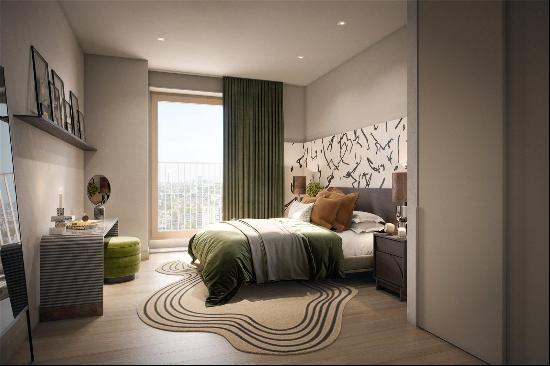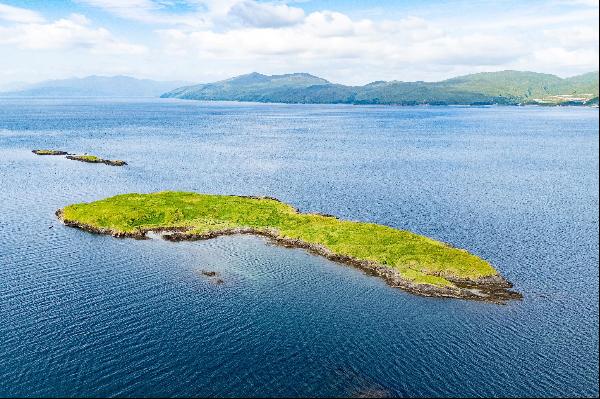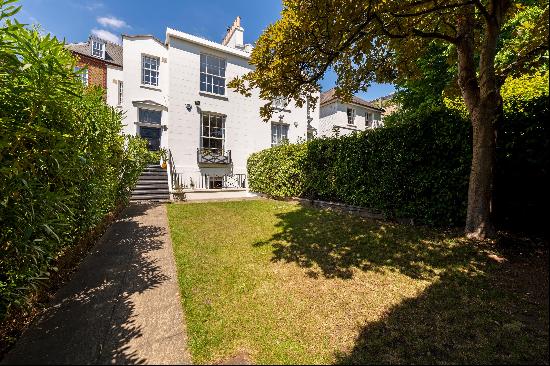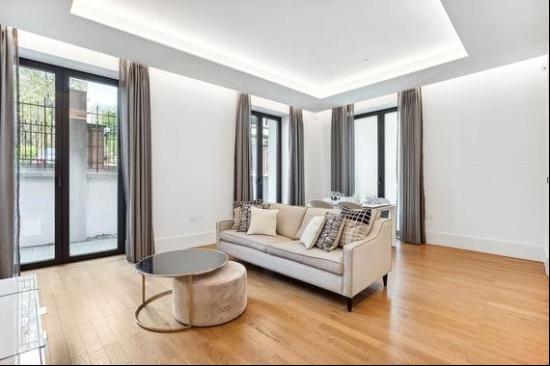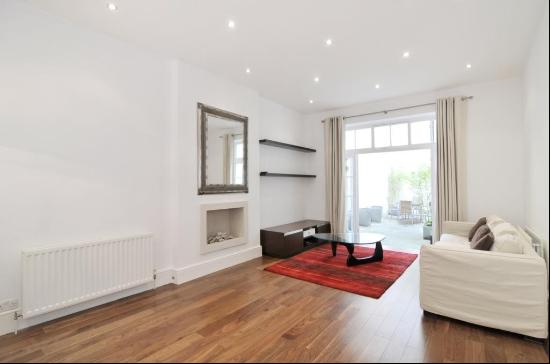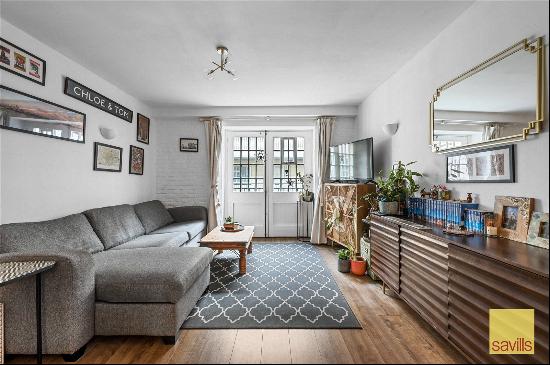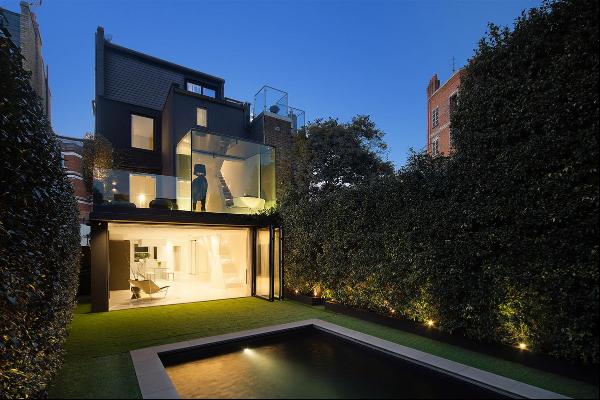
As told to Kate Youde
Welcoming wildlife — garden designer, Juliet Sargeant

Human beings are social animals and, according to the American biologist Edward O Wilson’s theory of “Biophilia”, we also have an instinctive affinity for nature. In recent years, both of these fundamental drivers of human happiness have been challenged. Locked down, separated, uncertain and unwell, we turned to our gardens as places to de-stress, breathe and come together.
In 2023, I see this trend increasing. Your garden is one place where you can draw from nature for your own wellbeing and at the same time give back, by contributing to the wellbeing of the planet. More and more of my clients are asking for wildlife-friendly gardens with water features as well as plants for pollinating insects and advice on how to garden without chemicals.
Juliet Sargeant is a garden designer and BBC Radio 4 Gardeners’ Question Time panellist
Colourful planting — garden designer, Jo Thompson

I am delighted that people are being much braver in their approach to colour, worrying less about the so-called rules and having the courage to explore different tones and shades of flowers and foliage.
Pantone has named Viva Magenta the colour of 2023. In my book, The Gardener’s Palette, I describe how the celebrated British garden designer Gertrude Jekyll called it “malignant magenta”. I say, let’s embrace it. It’s as fabulous in tulips in spring as it is later in the year in zinnias and dahlias.
I think we may reach peak sweetshop in planting designs for tulips in 2023. Instagram has played a part in encouraging all sorts of photogenic combinations of the flowers, which in reality can look a bit like an overtopped pizza. I’ll be sticking to four or five varieties in each area, concentrating on shades that I know will work effectively together without the need for filters and cropping.
Jo Thompson is a garden designer
Natural ornament — sculptor David Harber

Clients are keen to use sculpture as both a focal point and a talking point but the piece needs to harmonise with the garden rather than just be a bold statement of art. That includes the materials. As a result of the Covid lockdown experience, we have all had a wake-up call and nature has been, to an extent, our saviour.
People are tipping their hat to nature in some of the moods and tones of pieces that are being commissioned. We are using quite a lot of corten, an oxidised steel which rusts into a lovely chestnut autumnal colour, in combination with some rather nice polished marine-grade stainless steel. We also use bronze, which we polish or patinate in different colours, primarily greens and blues.
David Harber is the founder and creative director of David Harber, which makes garden sculptures
Bespoke approaches — garden designer, Chris Beardshaw

There is an increased awareness of the importance of engaging a specialist landscape designer early on in the transformation of a domestic space. This allows designers to harmonise the style of the property (whether it’s historic or new-build) with the landscape and the clients’ personal taste.
The sculpting of clearly defined spaces within a garden with distinct functions and personality is also being requested. This separation is, more than ever, calling on green construction — of hedges, woody shrubs and often pruned trees — in place of walls and fences.
Above all, there is a demand for the bespoke, crafted, and unique — be it in planting design, carved natural stone, locally grown hardwood or art — and a desire to move away from the mass produced, artificial and synthetic. It seems that the age of effortless, reserved taste, and of viewing the garden as a green tonic to life, is upon us.
Chris Beardshaw is a garden designer
Photography: Matthew Thomas; Maria Scard; Rachel Warne; Clive Nichols; Richard Kendall











